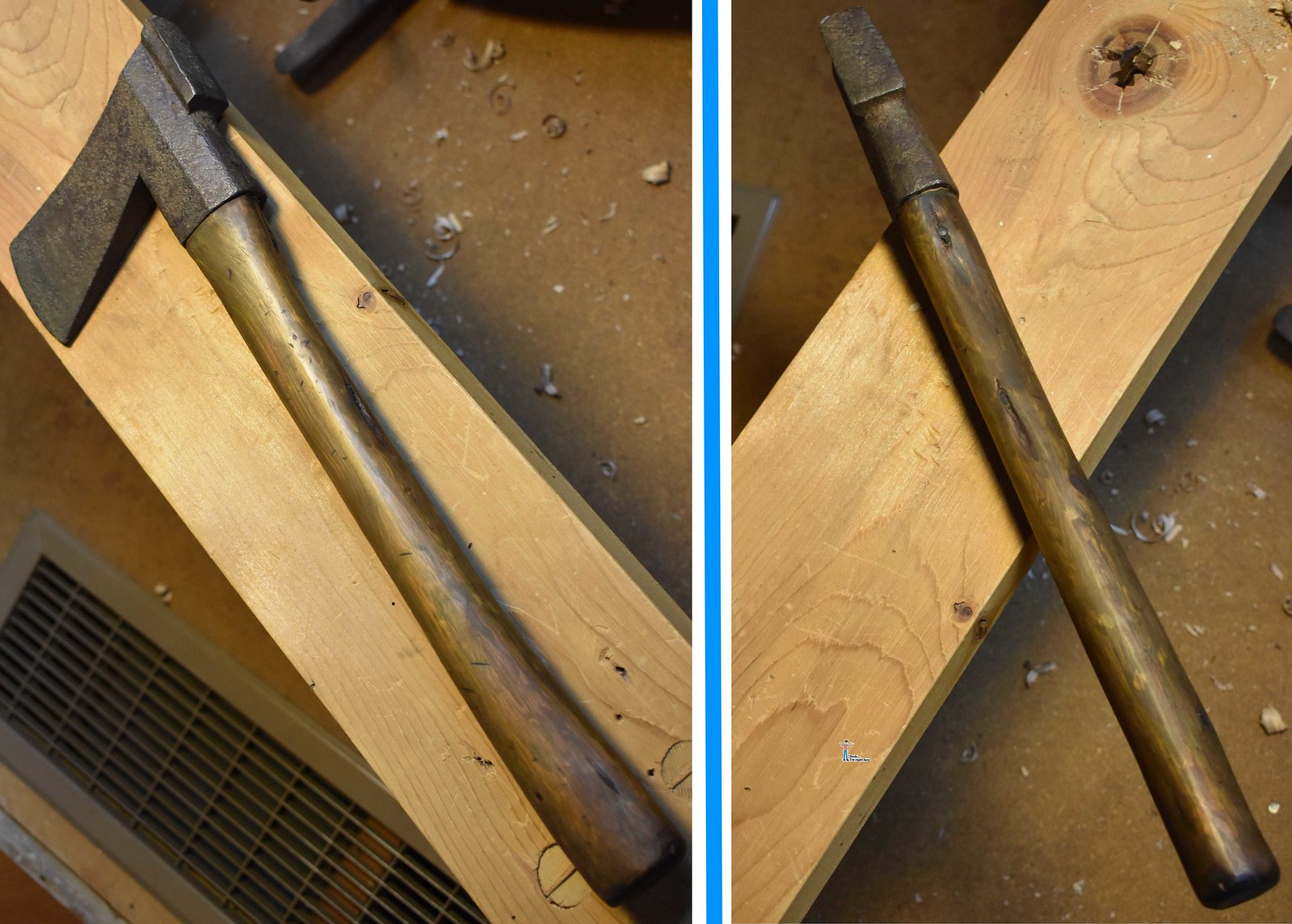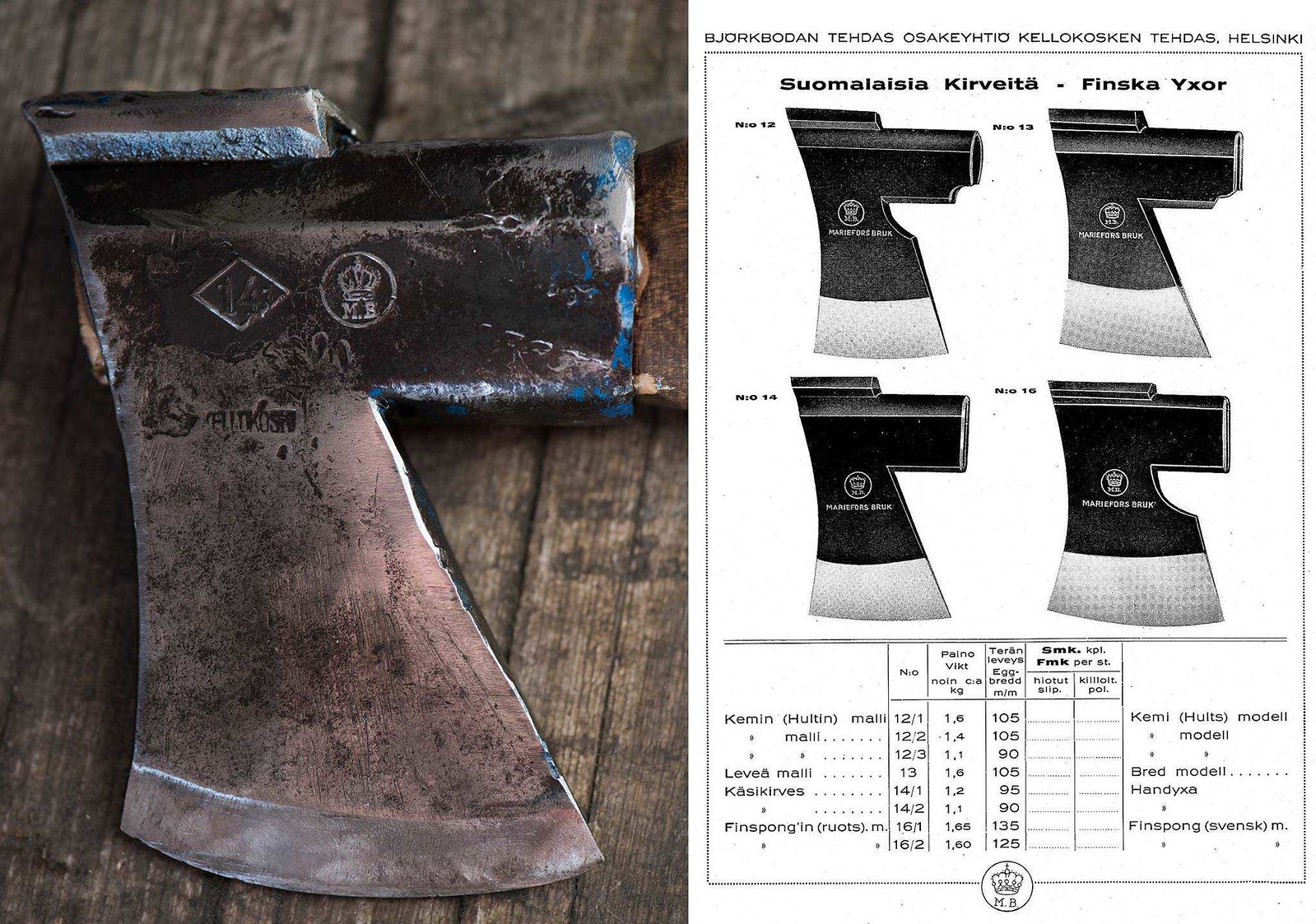- Joined
- Nov 29, 2000
- Messages
- 1,926
A-and,the one and only...http://www.vikingsword.com/vb/showthread.php?t=18083
Where would we all be without ye olde vikingsword...Much tiresome militaria,taken VERY seriously,et c.,..but,some interesting things,and from fairly committed,serious people.Again,more Dutch altarpiece info...
And an interesting axe in post #6.Dating seemingly 15th c.,but given it's already complete,familiar even to us today shape,i'd be greatly surprised if a similar one wasn't used by every woodchopper in those areas for many,many years prior...
Great link, Jake.


And look at some of the axes with the longest sockets - they have additional langet-like metal strips added to hilt for protection.
Defeats the argument that collars developed as full wrap-around langets. Why bother, when you can much more easily attach metal strips to the haft - even to the haft of a collared axe.









